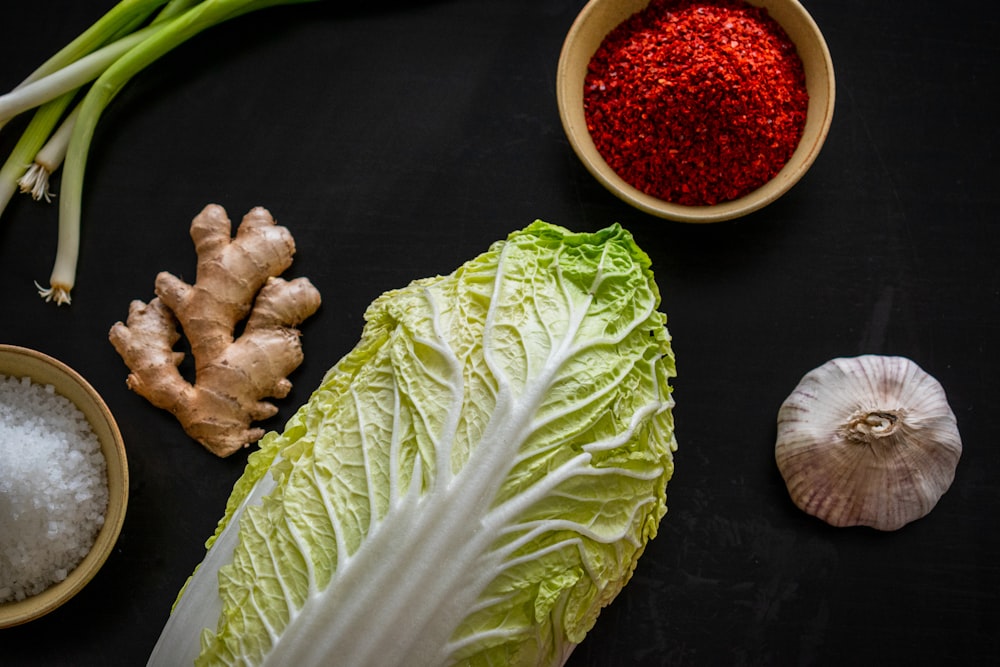Making kimchi
I'm a keen cook and, thanks to a book gift from my colleague Joe, I've been making fermented foods like kimchi.
At its most basic, kimchi is just salted and squeezed Chinese leaf cabbage, garlic, ginger, spring onion, and chilli flakes — all packed in a jar with the juices that the salting and squeezing brought out of the cabbage. Two weeks later, you have delicious kimchi.
But, apparently, every Korean family has their own variation that is the right recipe. Some add carrots, some add mooli radish, some use a chilli paste instead of flakes, and so on. So it's not really the ingredients that matter.
The fermentation process relies on a culture of microbes and can easily go wrong.
Either it doesn't really get going at all because the conditions aren't right for the good microbes to do their thing — or bad microbes get in and the whole kimchi goes rotten.
So, for a healthy culture, it doesn't matter so much what you choose as ingredients.
It's more important to simply create the conditions that mean the good culture can thrive naturally — and ensure good hygiene to keep the bad culture out.
And the most important of those is the hygiene. If your kimchi doesn't get going, you can always move it to a warmer place — but once the culture goes bad, it's done for.
I'll let you continue the thinking from there. The advantage of having very smart readers is not having to spell everything out ;)
Do hit reply and let me know any experiences you've had of bad elements getting into your agency's culture, or how you've set up hygiene measures to protect it. I'll share the best ones back (anonymously unless you say it's okay to mention you).
Have a great week,
Steve
P.S. Thanks to the reader who got in touch after last week's newsletter to let me know I wasn't alone in being weird with my condensed pandemic wardrobe to reduce the number of small daily decisions. She says "I did the same. It's good to know it wasn't an absurd idea after all!"
